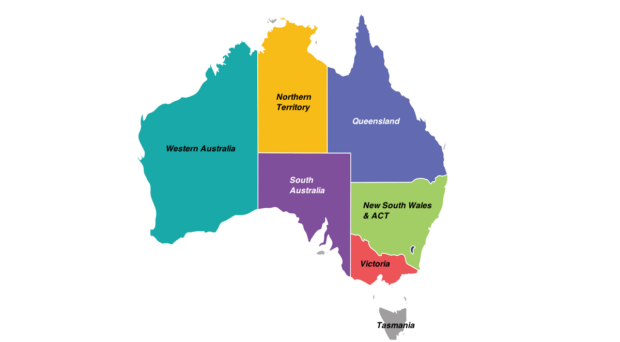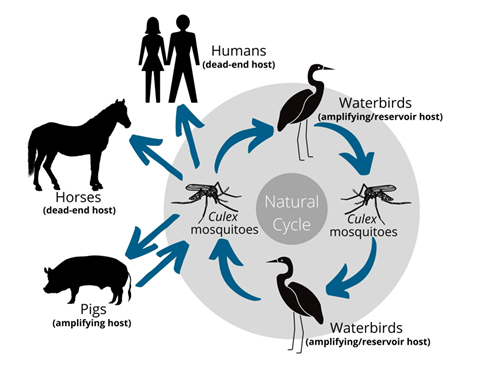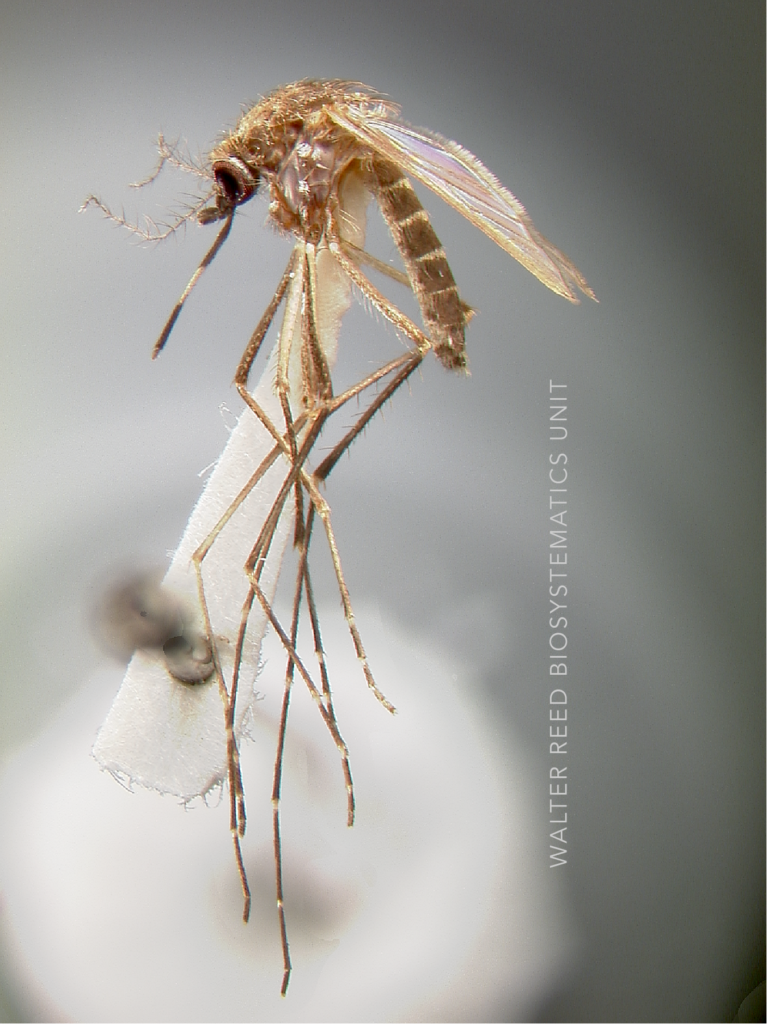
On March 4, 2022, Australia’s Acting Chief Medical Officer, Dr. Sonya Bennett, declared a Communicable Disease Incident of National Significance, due to the detection of Japanese Encephalitis virus in pigs in New South Wales, Victoria and Queensland, and possible human cases in South Australia. This followed reports of still births and weak piglets in the same provinces in mid-February 2022, and a case acquired in Tiwi Island, Northern Territory in April 2021.

Japanese Encephalitis virus, the causative agent of Japanese Encephalitis disease, is a positive-sense, single-stranded RNA virus, in the Flaviviridae family, closely related to other mosquito-borne viruses, such as dengue virus and West Nile virus, with Murray Valley Encephalitis virus and Usutu virus as its closest relatives. Most infections of Japanese Encephalitis virus are asymptomatic, but 1 out of 250 infections result in inflammation of the brain after a 2 – 26 day incubation period, with headache, vomiting, fever, confusion and seizures. The mortality rate in symptomatic cases can be as high as 20%, with supportive care as the only treatment. The virus is widespread in Asia, with up to 70,000 cases reported annually.
Japanese Encephalitis virus is not itself novel to Australia. In addition to imported cases in travelers, it was detected in the outer Torres Strait islands between Australia and Papua New Guinea since 1995, with the first case on the Australian mainland detected in 1998 in Cape York, the northernmost tip of North Queensland. What makes the current situation special is that Japanese Encephalitis virus has never before been found so widespread in Australia, or so far south on the continent. 37 human cases have been confirmed, with 12 additional probable cases, as of April 20, 2022 in the four provinces mentioned above, with 3 unfortunate fatalities. In areas where Japanese Encephalitis is endemic, children are at a higher risk of symptomatic infection. However, that might not be the case in a naïve population such as people in Australia.
To understand the potential causes and the possible implications of this outbreak, it is useful to talk about the transmission cycle of Japanese Encephalitis virus. Similar to other flaviviruses, such as West Nile virus, Japanese Encephalitis is predominantly transmitted by Culex mosquitoes and birds act as amplifying hosts. Humans (and other animals, such as horses and alpacas) get infected incidentally, but do not develop sufficient viraemia to be able to infect mosquitoes. However, unlike for West Nile virus, Japanese Encephalitis virus replicates in water birds, such as herons and egrets. In addition, pigs are excellent amplification hosts for Japanese Encephalitis virus.

During the last two summers, La Nina conditions were dominant in eastern Australia. La Nina is a meteorological phenomenon where the central and eastern tropical Pacific Ocean cools, leading to increased rainfall, particularly in the east and north of the country. This resulted in extreme flooding during summer in February and March of 2022, causing extensive damage. This followed another flood in March 2021 in the same area. Extensive flooding, leading to stagnant water during the summer is relevant for Japanese Encephalitis for two reasons. First, it provides ample breeding sites to competent vectors of the virus, such as Culex annulirostris. Second, it provides habitat for water birds, which can transport Japanese encephalitis over long distances. One hypothesis for the expansion of Japanese Encephalitis along the eastern States of Australia involves the transport of the virus in migrating water birds, with immunologically naïve hatchlings providing sufficient hosts for the virus to establish.
Pig farming is a major industry in Australia, with 2.4 million pigs being kept at 4,300 sites, employing 36,000 people in the industry. Many of these piggeries are located on the eastern States, providing millions of hosts for Japanese Encephalitis virus. Fortunately, the virus cannot be transmitted in pork, so eating even infected pigs is safe. The virus does cause reproductive failure in infected swine and can result in still births, causing economic damage to growers. This is how Japanese Encephalitis in southern Australia was detected, but it also means that pigs must have been infected as pregnant sows many months before. The detection of this virus in pigs means that people working and living around piggeries could be exposed to infected mosquitoes and contract Japanese Encephalitis virus. A vaccine is available to protect pigs against the virus, but it is not yet licensed in Australia. There are also several safe and effective vaccines available to protect humans, but their supply is limited. The Australian government is currently establishing a vaccination program for people who work at or reside around piggeries; conduct mosquito surveillance; or work with the virus or mosquitoes in research or diagnostic laboratory setting.

As with many diseases, it is difficult to predict the future course of this Japanese Encephalitis outbreak in eastern and southern Australia. The main question is whether or not Japanese Encephalitis virus will become endemic in local pig, mosquito and water bird populations. In that case, it will return year after year, infecting more people, potentially necessitating a widespread vaccination program. Unfortunately, vaccinating pigs at piggeries will not sufficiently control transmission, partly because feral pigs are quite common in Australia, which cannot be vaccinated. Mosquito surveillance and control will be important to monitor and curb transmission. Community outreach will be crucial to raise awareness of the importance of adequate protection from mosquito bites, especially for children. Australia is one of the most vulnerable regions in the world to climate change. Warmer oceans increase the amount of moisture in the atmosphere, further increasing the intensity of extreme rainfall, leading to extreme flooding, such as what happened recently in the eastern States.
For this year, the end of the summer brings hopefully an end to this particular outbreak, as the main vector, Culex annulirostris needs temperatures above 17.5 C to survive. However, it is an open question if Japanese Encephalitis will re-appear next summer, and even if not, how frequently can it migrate south with the rains and the birds.
If you wish to learn more about this particular outbreak, I highly recommend watching a very informative webinar with @mozziebites by the Sydney Infectious Disease Institute at https://www.youtube.com/watch?v=QClM9ibO9b8&list=PLbH_XanGLPbp20v8epptewYzSW4KykXBK&index=2&t=982s

Comments